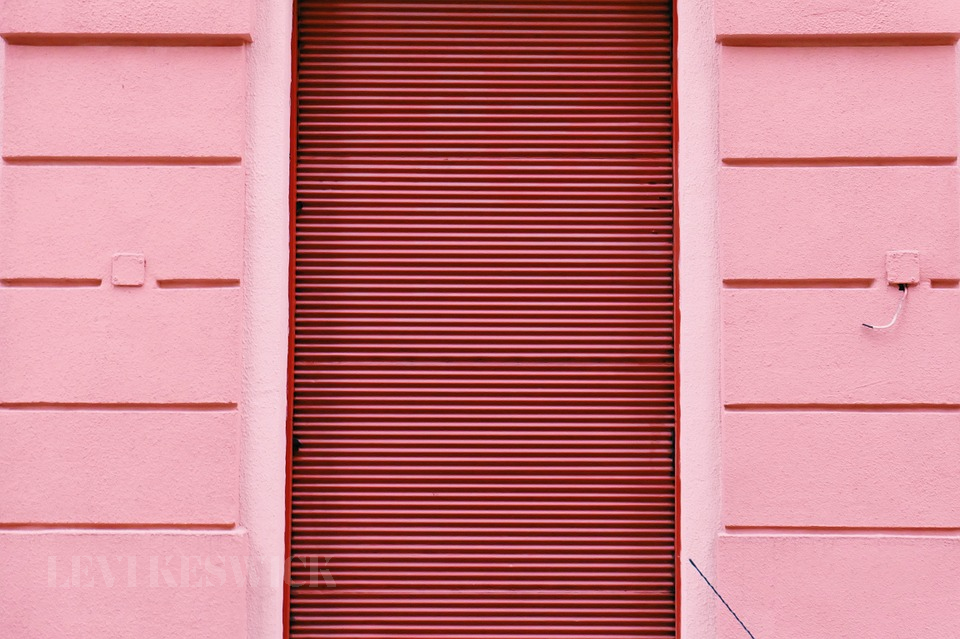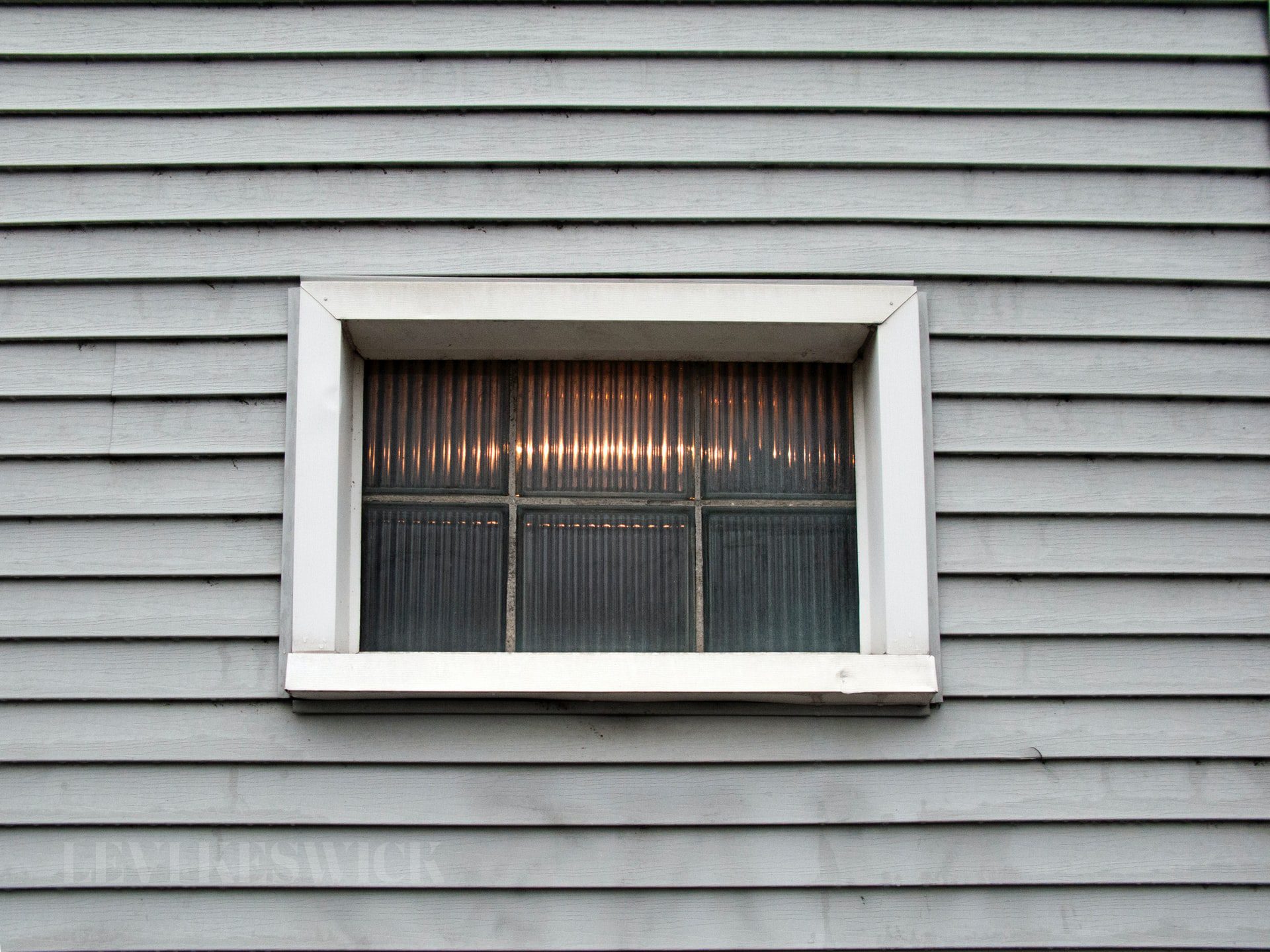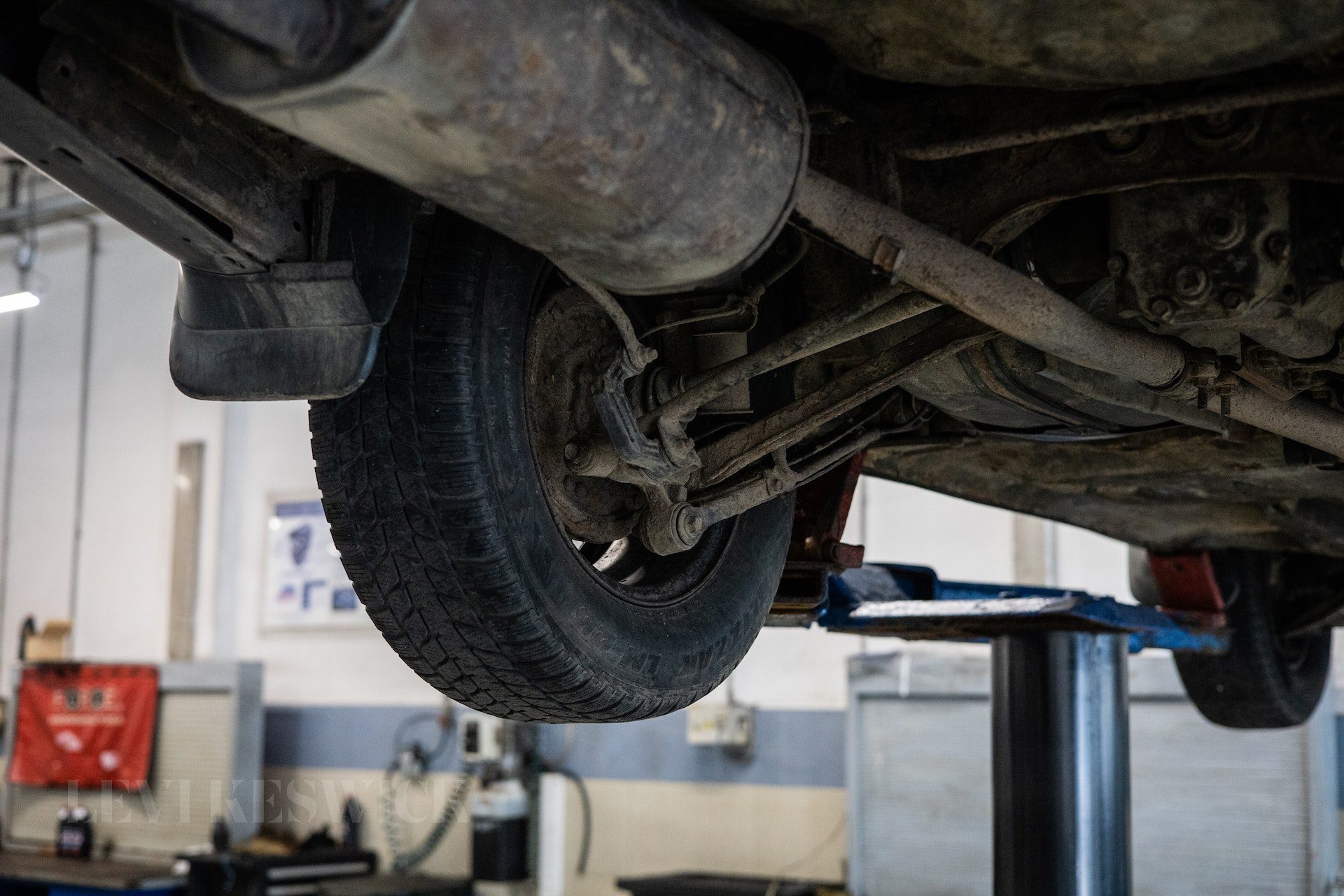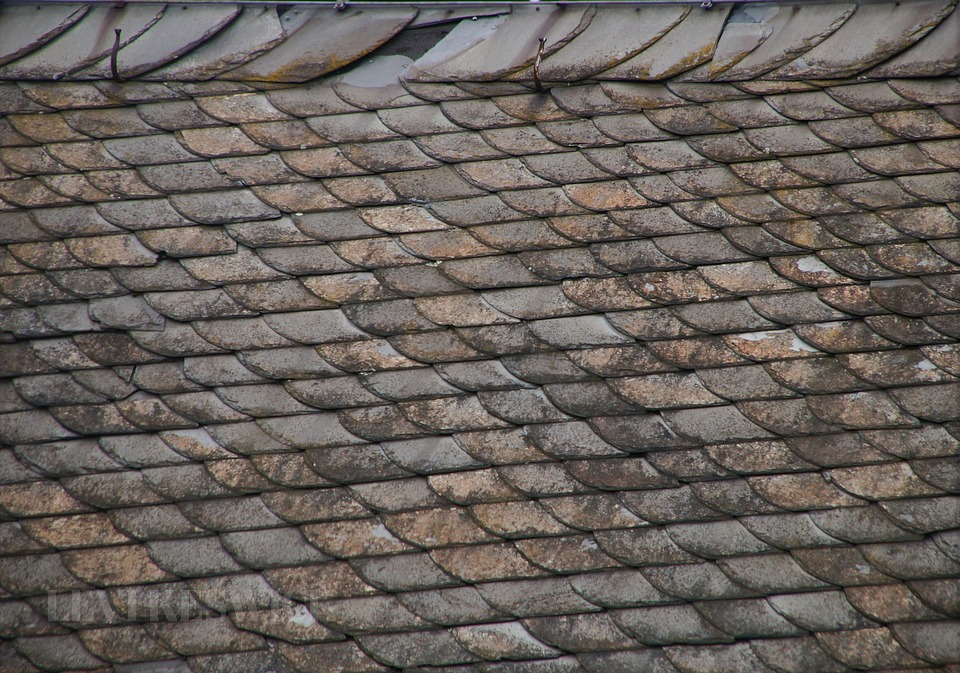Vinyl siding is a popular choice for homeowners because it comes in a variety of colors and styles, is affordable, and is low-maintenance. But like anything else, it will eventually need to be cleaned and maintained to keep its appearance and performance.
Here are six tips on how to efficiently maintain your vinyl siding!

Keeping it clean
The first step in maintaining your vinyl siding is keeping it clean. This may seem obvious, but many homeowners neglect to clean their siding regularly, which can lead to dirt and grime buildup over time.
Use a soft cloth or brush to remove any built-up dirt and debris, then rinse the surface with a garden hose. Be sure to avoid using harsh chemicals or abrasive cleaners, as these can damage the finish of your siding.
On the other hand, if your vinyl siding is old but still not ready to be replaced, or you want to change its appearance, you may consider some paint. However, vinyl is a porous material and paint can trap moisture, which can cause the siding to warp or become brittle. Therefore, painting it should be done with caution and by using a primer designed specifically for this purpose. You should also avoid using dark paint, as this will absorb more heat and could cause the siding to become warped.
Checking for damage
Regularly checking for any damage that may have occurred includes things like cracks, holes, or loose panels. If you notice any damage, it’s important to repair it as soon as possible to avoid further damage or the need for replacement.
When checking for damage, also be sure to look out for any signs of pests. Insects and rodents can cause serious damage to vinyl siding, so if you notice any holes or burrows, it’s best to call in a professional to take care of the problem.
Caring for your gutters
Clogged gutters can cause water to back up and seep under the siding, which can lead to mold and mildew growth or even wood rot. Mildew and mold can also discolor the siding and make it more difficult to clean. To prevent this, be sure to regularly clean your gutters and downspouts. You may also want to consider installing gutter guards to keep them from getting clogged in the first place.
However, if your siding is already damaged, you may want to consider replacing it. Depending on the extent of the damage, this can be a relatively easy and inexpensive project. But if the damage is severe, it’s best to call in a professional for help.
Gutters are not the only things that can cause damage to your siding. Overhanging tree branches can also scrape and scratch the surface, so be sure to trim any branches that are too close to the house.
Avoiding pressure washers
While pressure washers may seem like an easy way to clean your siding, they can cause more harm than good. The high-pressure water can strip away the protective finish and even damage the underlying material. If you must use a pressure washer, be sure to use a low setting and hold it at least six inches from the surface of the siding.
There are power washers that come with different nozzles that can be used on vinyl siding. But, using the wrong nozzle can still damage your siding. The best way to clean your siding is by hand, using a soft cloth or brush and a garden hose.
Some common vinyl problems
One of the most common problems with vinyl siding is that it can become faded over time. This is usually due to exposure to sunlight and weathering. To avoid this, be sure to regularly clean your siding and don’t use harsh chemicals or cleaners. You can also buy specially formulated cleaners that will help protect the finish and keep it looking new.
Another common problem is that vinyl siding can become stained. This is usually due to things like bird droppings, tree sap, or dirt and grime build-up. Be sure to rinse the area well after cleaning to avoid any streaking.
Additionally, vinyl siding can become cracked or chipped. This is usually due to impact damage from things like hail or flying debris. If the damage is minor, you may be able to repair it with a vinyl patch kit. But if the damage is more severe, you may need to replace the affected panels.

While vinyl siding is a great choice for your home, it does require some maintenance to keep it looking its best. Be sure to regularly clean it and check for any damage. And if you do notice any damage, be sure to repair it as soon as possible to avoid further damage or the need for replacement.













